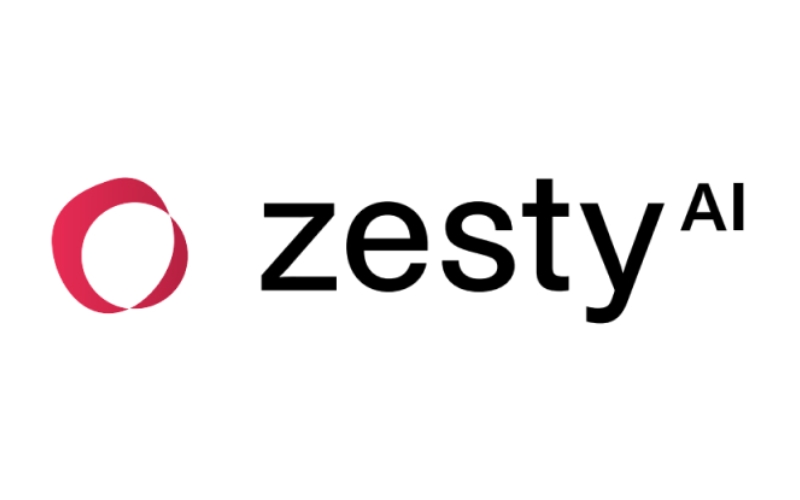Most insurance leaders say industry isn’t adapting fast enough to climate risk: ZestyAI
A new ZestyAI survey finds that the insurance industry is falling behind in preparing for climate-driven risks, with 61% of executives saying the sector is not adapting quickly enough, even as natural disasters become more frequent, severe, and costly. ZestyAI recently released its 2025 State of Property Insurance survey, which includes insights from more than…
A new ZestyAI survey finds that the insurance industry is falling behind in preparing for climate-driven risks, with 61% of executives saying the sector is not adapting quickly enough, even as natural disasters become more frequent, severe, and costly.
 ZestyAI recently released its 2025 State of Property Insurance survey, which includes insights from more than 220 property and casualty (P&C) executives.
ZestyAI recently released its 2025 State of Property Insurance survey, which includes insights from more than 220 property and casualty (P&C) executives.
The report underscored the growing impact of climate volatility, with wildfires increasingly hitting urban areas, hailstorms setting new records with billion-dollar damages year after year, and water damage rising in frequency and severity. Yet much of the industry continues to model risk as if little has changed.
The survey found that 64% of executives believe their company is adapting to climate-driven pressures faster than the broader industry, but far fewer are confident in the sector’s collective progress, with 61% saying the industry overall is not adapting fast enough.
Nonetheless, 68% of executives say advanced AI models help manage climate-related losses more effectively, and nearly three-quarters report that AI creates new revenue opportunities and improves underwriting.
However, only one in four cite AI as a primary method for managing perils, and a notable number of carriers have no model at all—15% for non-weather water, 14% for attritional fire, and 12% for wildfire and severe convective storms.
Despite 83% of leaders feeling equipped to use AI, adoption remains uneven, with just 40% of carriers embedding it into core workflows.
Many insurers still rely heavily on legacy actuarial and stochastic models, which were designed for a more stable risk environment and fail to capture today’s clustered, compound, and property-specific loss patterns.
The survey found that 41% of executives view stochastic models as the most accurate tool for predicting risk, compared to 20% for AI.
The report concluded that to maintain the stability of property insurance, carriers must modernise peril models with property-level precision before the next billion-dollar loss and integrate AI into underwriting, pricing, and claims workflows.
Attila Toth, Founder and CEO of ZestyAI, said, “The industry is still modeling risk as if little has changed, even as climate volatility accelerates. Relying on yesterday’s tools is leaving insurers exposed to today’s billion-dollar events, from urban wildfires to catastrophic hailstorms.
“AI-driven, property-specific models don’t just predict risk more accurately; they also show how mitigation changes outcomes, giving insurers, regulators, and policyholders the transparency they need to build resilience. As we look to 2026, the industry faces a choice: continue relying on models built for yesterday’s risks, or embrace a future where every property can be understood, priced, and protected on its own terms.”

